Characterization of agricultural co-products for the development of thermal insulation
Create a subpage- Sylvain Bosquet
- /
- the 10-07-2018
- / 1464
The SB&WRC project is supported by the European program Interreg VA France (Channel) England and receives financial support from the ERDF.
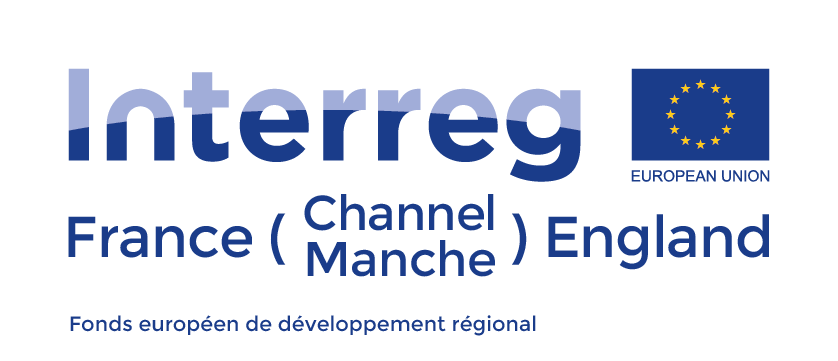
As part of the Sustainable Bio & Waste Resources for Construction (SB & WRC) project, Unilasalle's goal is to develop a prototype thermal insulation based on agricultural co-products. During the preparation of the project, some resources were preselected based on their availability in the cross-Channel area (from Cornwall to Norfolk, and from the north coast of Finistère to Pas-de-Calais).
The preselected co-products are rapeseed straw, wheat straw and corn stover. Different parts of these stems can be valued. Unilasalle is currently working on the scientific description of each of these materials to achieve a precise selection of materials used in the composition of the insulation prototype:
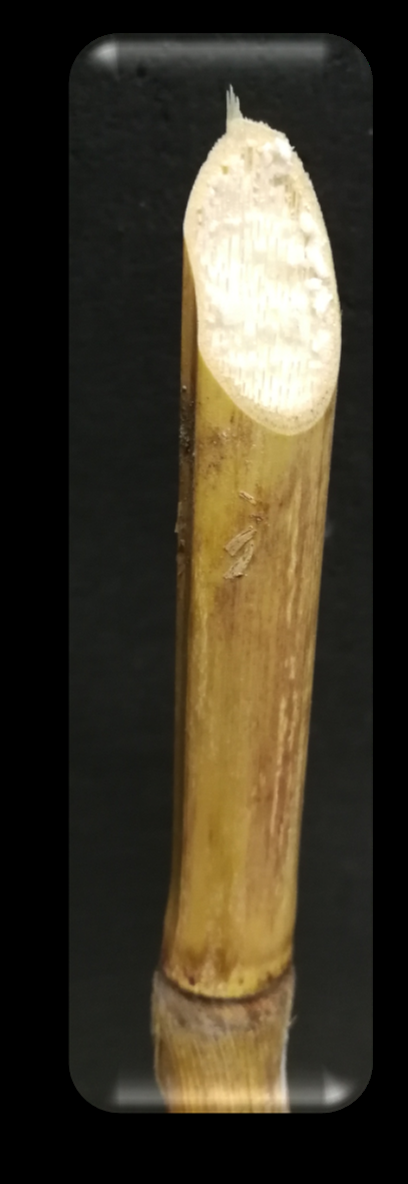 |
Most of the corn is planted between April and May and the crop is harvested in the fall. As a co-product of the grain corn or forage crop, the stem, cylindrical in shape, is formed in the center of a spongy and lacunar marrow part surrounded by a more rigid bark. |
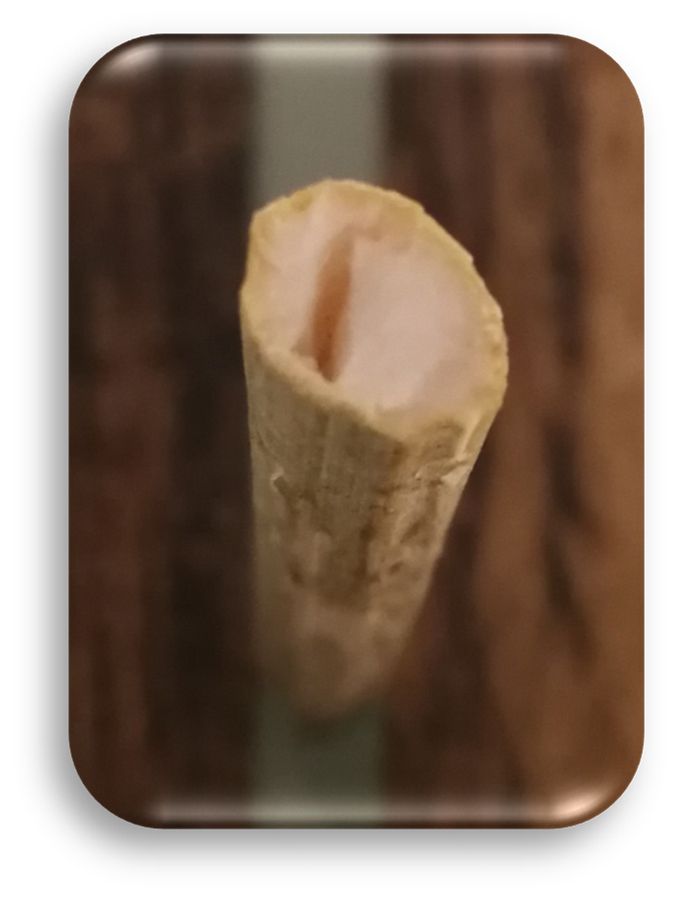 |
The rapeseed is sown between August and September and the harvest takes place between June and July. Byproduct of the rapeseed culture, the stem is cylindrical in shape, is also formed in the center of a spongy and lacunar marrow part surrounded by a more rigid bark. |
 |
For wheat, the period of sowing, and therefore of harvest is very different depending on the variety chosen. Co-product of the cereal crop, the stem of cylindrical shape, hollow by resorption of the central cord. It is like a fluted tube with long and many sap-conducting bundles. |
Physical, biochemical and thermal characterizations are being carried out on all these materials. Only the biochemical and thermal characterizations will be the subject of a detailed description.
The different straws are characterized according to the Van Soest method which consists of hydrolysis, in the presence of detergents fractions of straw. Three successive hydrolyses allow the extraction of extractables which consist of soluble polysaccharides (such as pectins, starch and fructans), soluble sugars, organic acids, proteins, lipids - the extraction of hemicelluloses, the extraction of cellulose and finally that of lignin.
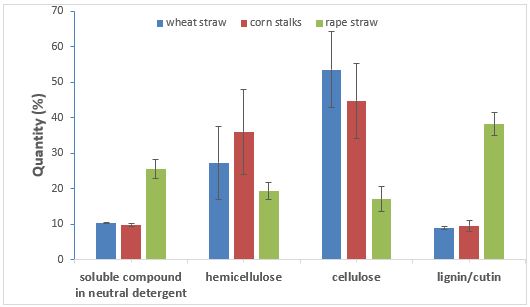
The biochemical profiles obtained (previous figure), such as an identity card of each co-product, show that the majority constituents are cellulose and hemicellulose. These profiles will be interesting to relate to the mechanical properties of the future prototype.
The thermal properties are measured via the thermal conductivity represented by the symbol λ. Thermal conductivity is a physical quantity that characterizes the behavior of materials during thermal transfer by conduction. It characterizes the flow of heat through a material one meter thick, for a temperature difference of 1 ° Kelvin between the two incoming and outgoing faces. The following figure is a representation of a thermal conductivity meter. The incoming and outgoing faces are represented by "hot plate" and "cold plate" respectively. The lower the thermal conductivity, the more insulating the material. A material is considered a thermal insulator if its thermal conductivity is less than 0.065 W · m-1 · K-1. This value will be our reference during the study of the final material.
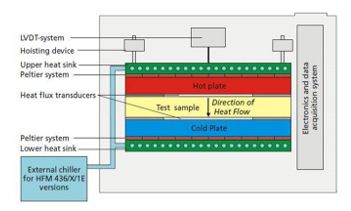
Thermal conductivity analyzes were conducted on co-products of corn stover and rapeseed. The first results are interesting since the values obtained for the maize stalk and the rapeseed stem are between 0.052 and 0.059 W · m-1 · K-1. The results are particularly interesting for maize marrow with a thermal conductivity value of 0.050 W · m-1 · K-1.
These different co-products are particularly interesting for the material targeted in this project. Further analysis should be conducted to further study these co-products, including imaging studies and studies on their physical properties to improve our understanding of their structure and intrinsic organization.